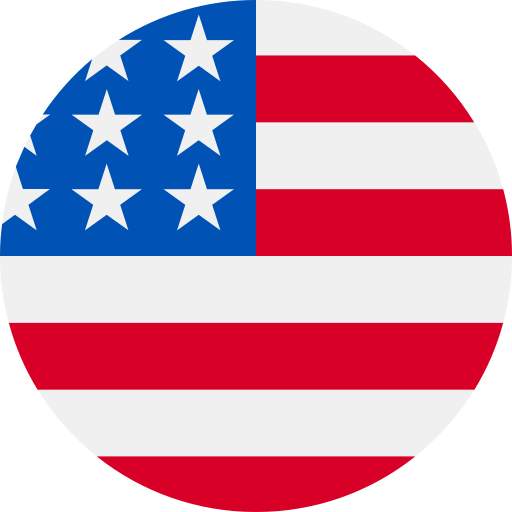Becoming a medical scribe is a rewarding career path, especially if you’re interested in healthcare but don’t have a clinical background. Medical scribes assist healthcare providers by documenting patient interactions, allowing the medical scribe services to focus more on patient care rather than administrative tasks. With the rise of technology in healthcare, the need for efficient, organized medical scribes is growing, and there are many opportunities for those without prior experience to join this field. In this article, we’ll explore how you can train as a medical scribe, including some essential tips and insights into medical scribe services and telescribe roles.
What is a Medical Scribe?
A medical scribe is a trained professional who works alongside doctors, nurses, or other healthcare providers to document patient information during medical visits. This includes recording patient histories, documenting symptoms, entering test results, and ensuring that medical records are accurate and up-to-date. Medical scribes help streamline the documentation process, allowing healthcare providers to focus on providing quality care to patients.
Why Become a Medical Scribe?
Before diving into training, let’s first understand why becoming a medical scribe can be a great career choice. First, it offers hands-on experience in the medical field without requiring a clinical degree. If you’re considering pursuing a career in healthcare, being a medical scribe is an excellent way to gain exposure and knowledge of medical terminology, healthcare systems, and patient care practices.
Additionally, medical scribe services are in high demand. With an increasing emphasis on electronic health records (EHRs), the need for skilled scribes continues to grow. The introduction of telescribe services—remote medical scribe services—has expanded the role even further, offering new opportunities for those who prefer working from home or in a flexible setting.
Steps to Train as a Medical Scribe Without Prior Experience
Understand the Role and Responsibilities The first step in becoming a medical scribe is to familiarize yourself with the specific duties and responsibilities. These typically include:
Documenting patient history, chief complaints, and physical examination results.
Entering orders for tests, procedures, or medications.
Updating and managing electronic health records (EHRs).
Assisting healthcare providers with any administrative documentation needs.
Understanding these tasks will help you gain clarity on what the job entails and whether it aligns with your career goals.
Research Medical Scribe Services and Telescribe Opportunities Many healthcare facilities and practices are now offering medical scribe services, with an increasing trend toward telescribe positions. Telescribes are remote scribes who work from home, providing documentation support to healthcare providers through secure digital platforms. If you’re looking for flexibility, telescribe opportunities could be an excellent option, but they still require you to be trained in medical terminology and the documentation process.
Some medical scribe services offer training programs that are tailored to equip you with the necessary skills. Whether you’re interested in traditional in-person roles or remote telescribe positions, this research will guide your next steps.
Complete Medical Scribe Training Programs While some scribes learn on the job, many healthcare providers and scribe services require candidates to undergo formal training. There are several ways to complete training:
Scribe Certification Programs: These programs are available through various organizations and usually last between 6 to 12 weeks. They include both online and in-person options and teach the basics of medical terminology, EHR software, documentation standards, and healthcare ethics.
On-the-Job Training: Many hospitals and clinics offer on-the-job training for new medical scribes. This often involves shadowing experienced scribes and learning directly from doctors and nurses.
Certification is not always required, but it can make you stand out when applying for positions. The training will give you a solid foundation in medical terminology, which is essential to ensure that your documentation is accurate and understandable.
Gain Experience Although you might not have prior experience in the healthcare field, gaining practical experience is crucial. After completing training, start applying for entry-level medical scribe positions. Consider shadowing an experienced scribe in a clinical setting to learn how to manage patient interactions and documentation more effectively. Even a short internship can be invaluable for building confidence and improving your skill set.
For those pursuing telescribe roles, remote positions often involve initial training with a mentor who can guide you through the documentation process and ensure you’re meeting industry standards.
Stay Updated on Healthcare Trends and Tools Healthcare is constantly evolving, and so is the technology used to document patient care. Staying up to date with the latest tools and trends, such as advancements in EHR systems or emerging telescribe platforms, is crucial. Attending workshops, webinars, and networking events can help you expand your knowledge and keep your skills relevant.
Build Professional Connections Networking is key to advancing your career as a medical scribe. Join professional organizations for scribes, attend healthcare conferences, and seek mentorship from experienced scribes or healthcare providers. This can lead to more opportunities and potentially a smoother transition into higher-level roles within the medical field.
Conclusion
Training as a medical scribe without prior experience is not only possible, but it can also be a highly rewarding and fulfilling path. By understanding the responsibilities, exploring medical scribe services, and considering telescribe opportunities, you can take steps to gain the skills needed to succeed in this field. With proper training, hands-on experience, and a passion for healthcare, you’ll be well on your way to becoming an effective medical scribe in no time.
 :
https://medicalscribe.us/
:
https://medicalscribe.us/












